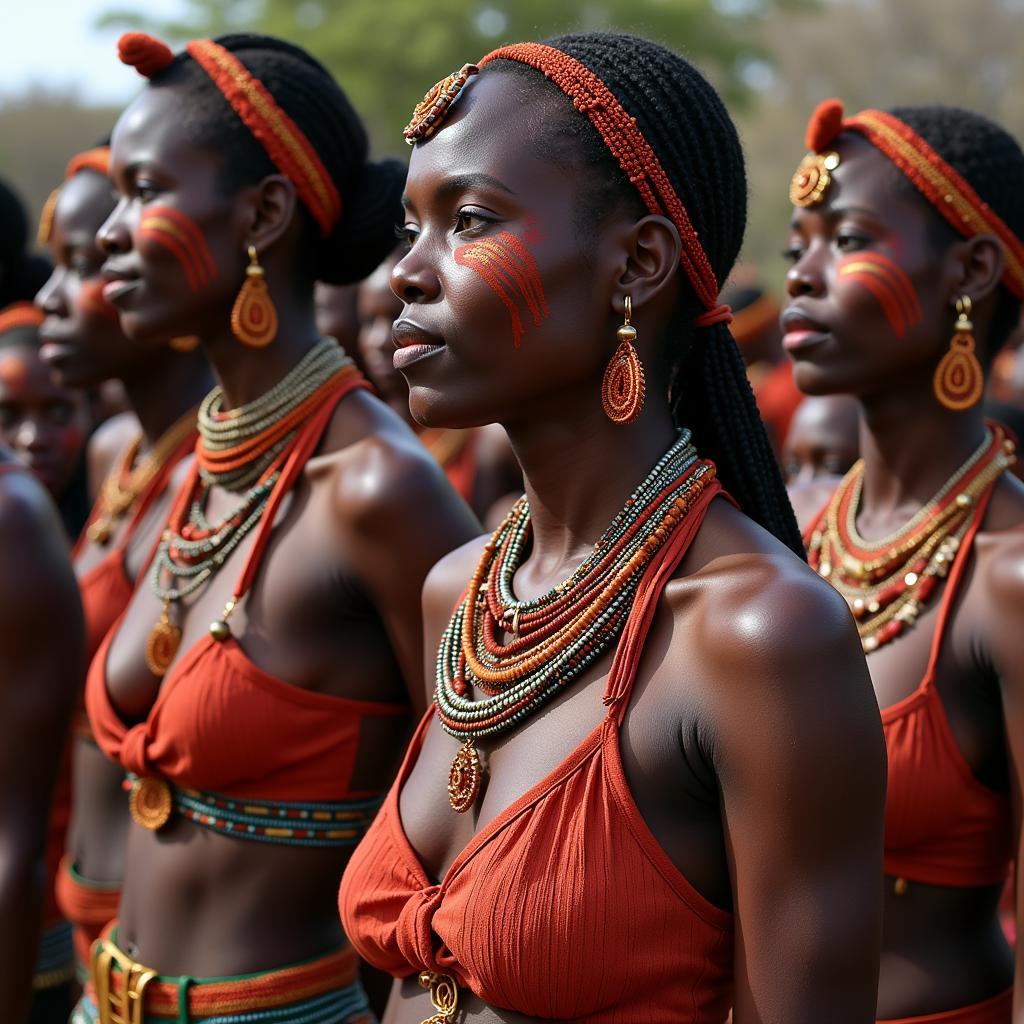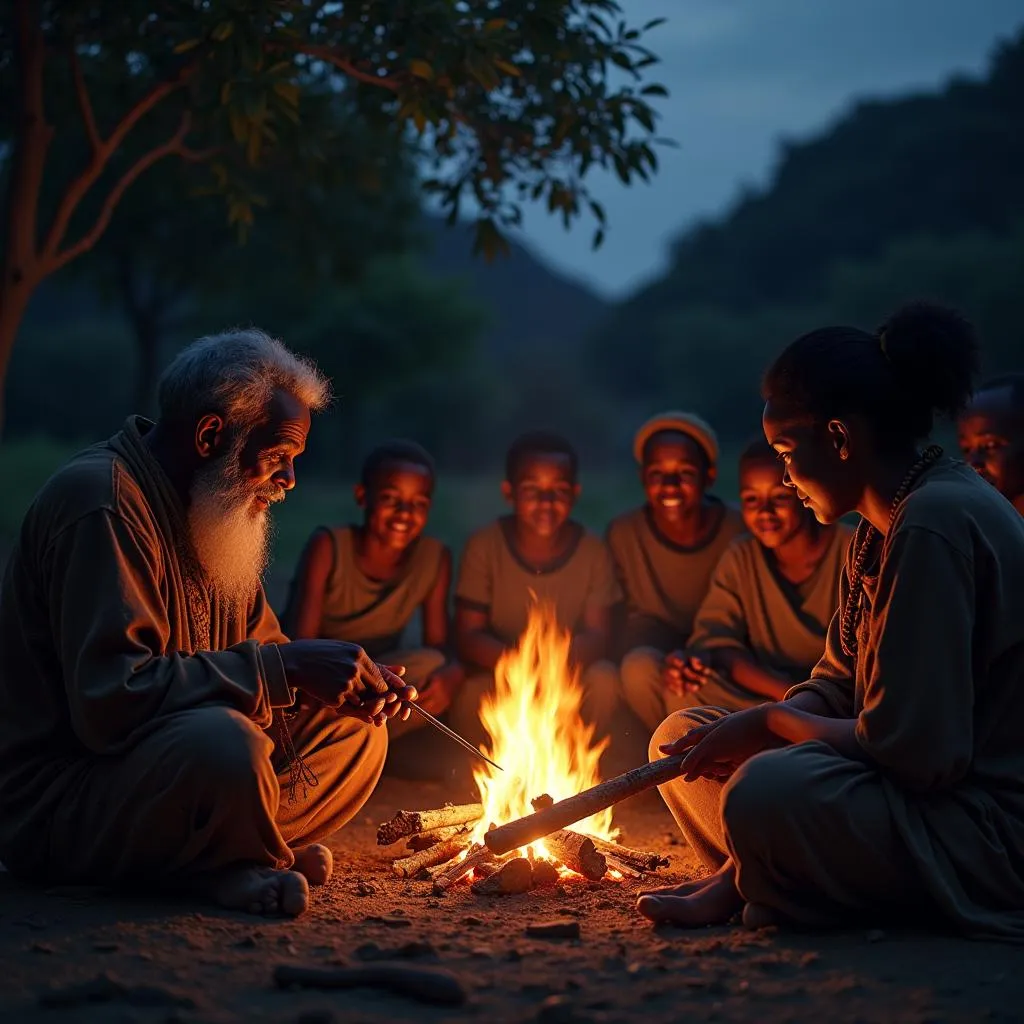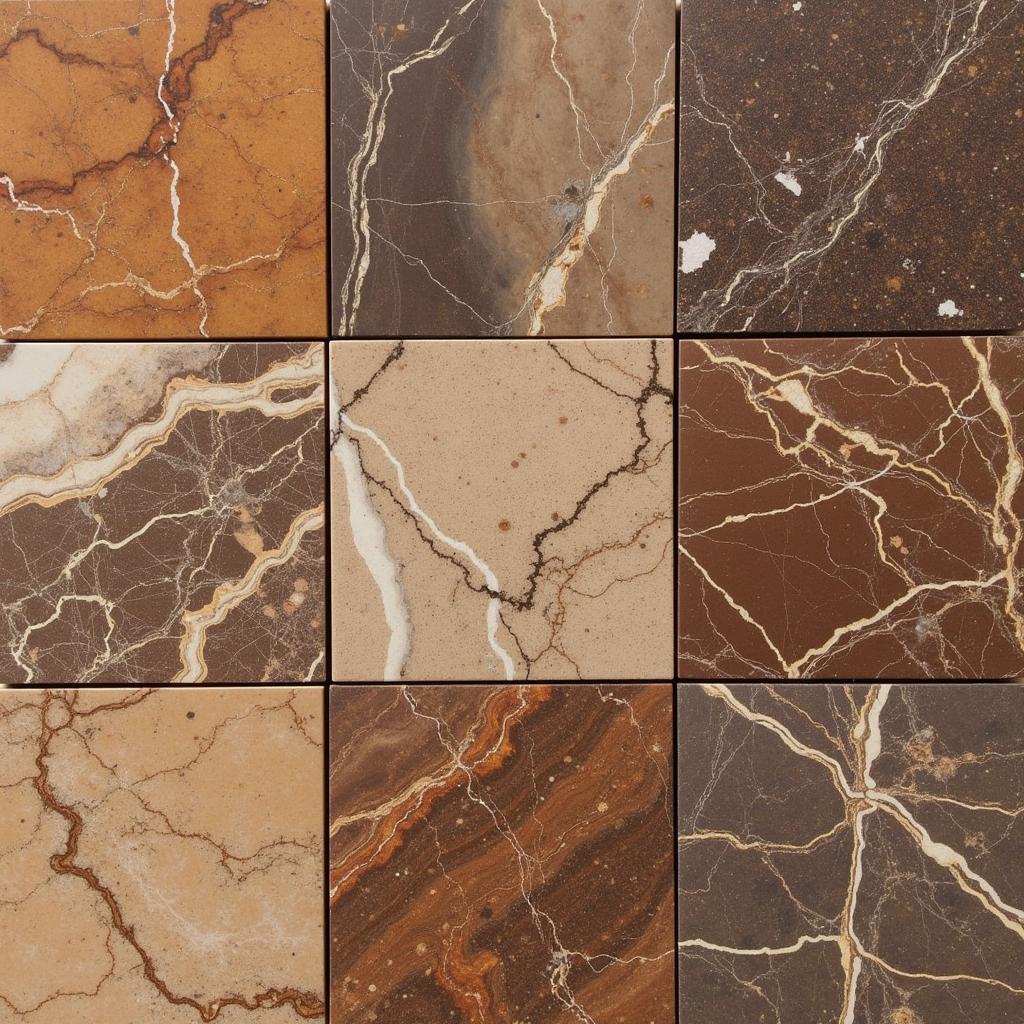African Countries with Snow: Unveiling the Continent’s Frozen Wonders
Africa, often associated with vast savannas, scorching deserts, and vibrant cultures, holds a well-kept secret: snow. You might be surprised to learn that several African countries experience snowfall, transforming iconic landscapes into winter wonderlands. Let’s embark on a journey to discover these unexpected snowy havens.
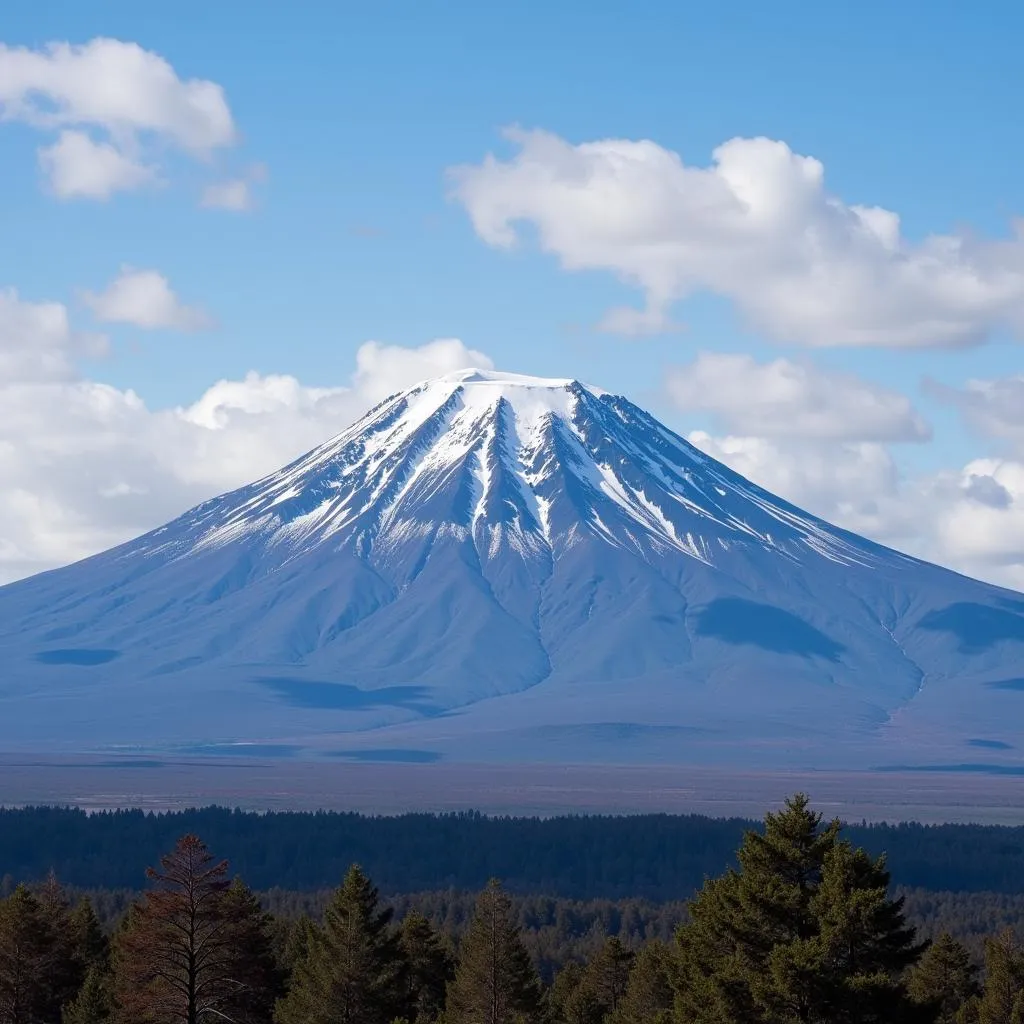 Mount Kilimanjaro covered in snow
Mount Kilimanjaro covered in snow
Where to Find Snow in Africa: Beyond the Stereotypes
While not as widespread as in other continents, snow in Africa is a tangible reality, primarily concentrated in high-altitude regions. These mountainous areas, often exceeding 4,000 meters (13,123 feet) above sea level, create the perfect conditions for snowfall, offering a stark contrast to the continent’s warm image.
East Africa: Home to Majestic Snow-Capped Peaks
East Africa boasts some of the most iconic mountains in the world, many of which receive regular snowfall.
- Mount Kilimanjaro, Tanzania: Africa’s highest peak, standing tall at 5,895 meters (19,341 feet), is renowned for its snow-capped summit. The glaciers adorning Kilimanjaro are a sight to behold, though climate change poses a threat to their existence.
- Mount Kenya, Kenya: As Africa’s second-highest mountain, Mount Kenya offers a unique landscape with its craggy peaks and glacial valleys. Snow often blankets its slopes, attracting trekkers and adventurers seeking a snowy African experience.
- Rwenzori Mountains, Uganda and Democratic Republic of Congo: Often shrouded in mist, the “Mountains of the Moon” receive significant snowfall, creating a mystical atmosphere. The Rwenzori Mountains are home to numerous glaciers and offer challenging yet rewarding hiking trails.
Southern Africa: Winter Wonderland in the Drakensberg
Southern Africa also experiences its share of snowfall, particularly in the Drakensberg mountain range.
- Drakensberg, South Africa, Lesotho, and Eswatini: Known for its dramatic cliffs and basalt buttresses, the Drakensberg experiences snowfall during the winter months, transforming the landscape into a hiker’s paradise. Lesotho, nestled within the Drakensberg, even boasts ski resorts, offering unique winter sports opportunities in Africa.
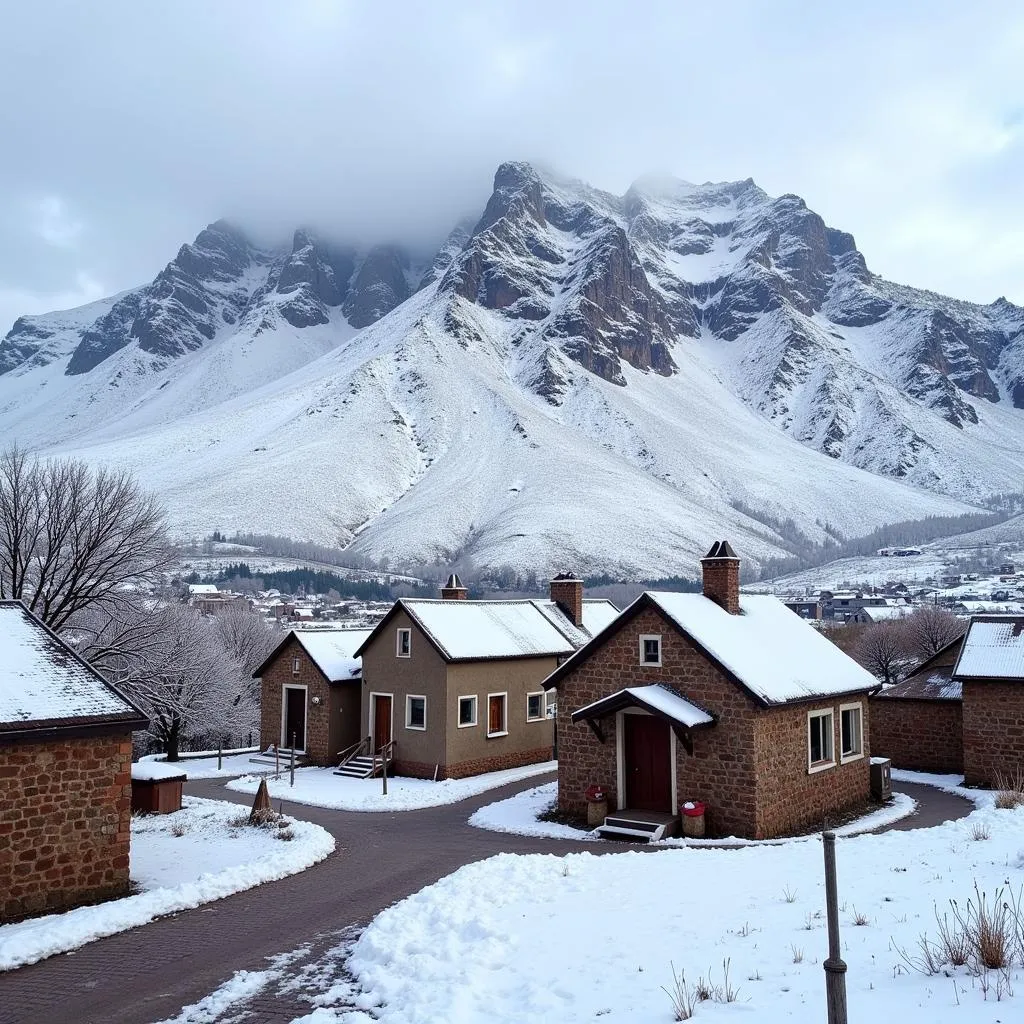 Traditional houses covered in snow in Lesotho
Traditional houses covered in snow in Lesotho
Why Does it Snow in These African Countries?
The occurrence of snow in these African countries is primarily due to altitude. As you ascend a mountain, the temperature drops significantly. At higher elevations, the air is thinner, holding less heat, and making it easier for precipitation to fall as snow, especially during the colder months.
Climate Change and the Future of Snow in Africa
While snow in Africa is a captivating phenomenon, it’s important to acknowledge the impact of climate change. The glaciers on Mount Kilimanjaro and other African mountains are receding at an alarming rate. This trend has significant implications for water resources, ecosystems, and the livelihoods of communities dependent on these mountains.
Experiencing Africa’s Snow-Capped Beauty
If you’re seeking an unconventional adventure, consider exploring the snowy wonders of Africa. Trekking to the summit of Mount Kilimanjaro or skiing down the slopes of Lesotho’s mountains offers a unique perspective on this diverse continent.
Conclusion
Africa, with its diverse landscapes and climates, never ceases to amaze. The presence of snow in certain countries adds another layer to its beauty, challenging preconceived notions and showcasing the continent’s extraordinary natural wonders. However, it’s crucial to acknowledge the impact of climate change on these fragile environments and to promote sustainable practices that preserve their beauty for generations to come.
